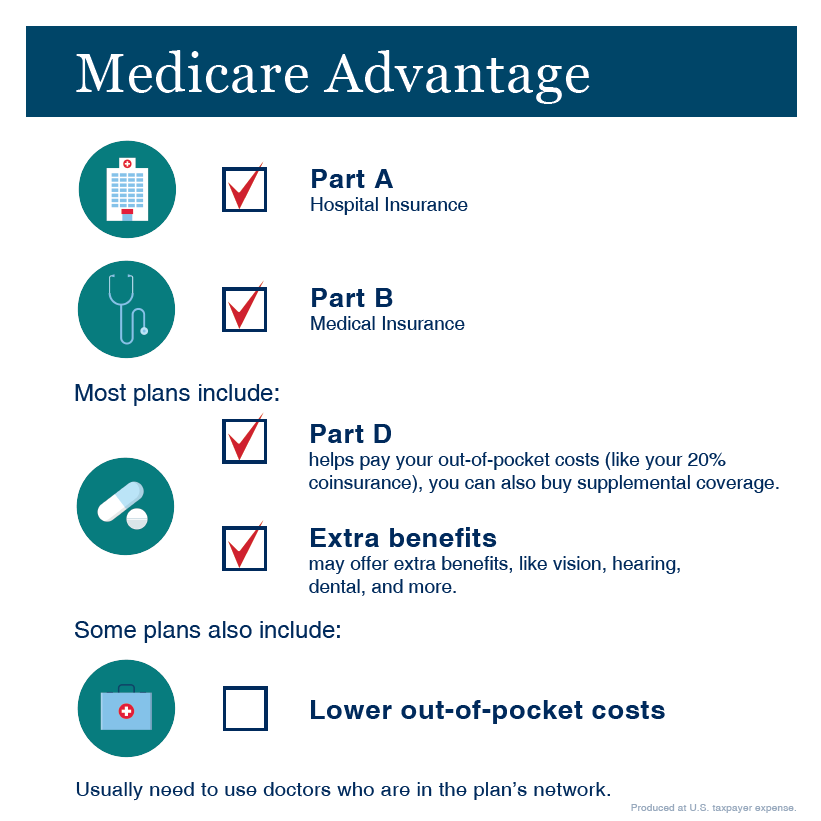Not known Facts About Medicare Advantage Agent
Table of ContentsThe Facts About Medicare Advantage Agent UncoveredThe 2-Minute Rule for Medicare Advantage AgentThe 4-Minute Rule for Medicare Advantage Agent

follows from complies with the perplexing young age profile of account uninsured with the better health, health and wellness average, of younger personsMore youthful For those without accessibility to work environment wellness insurance coverage, inadequate health is a possible barrier to purchasing nongroup protection because such protection may be extremely priced, leave out preexisting problems, or be just unavailable. Unless or else noted, national estimates of people without wellness insurance coverage and proportions of the population with various kinds of protection are based on the CPS, the most widely utilized resource of quotes of insurance policy coverage and uninsurance prices.

How Medicare Advantage Agent can Save You Time, Stress, and Money.
The partnership in between wellness insurance and accessibility to care is well established, as documented later on in this phase. The partnership in between wellness insurance coverage and health end results is neither straight nor basic, a comprehensive professional and health and wellness solutions research study literature links wellness insurance coverage
to improved better accessibility care, better quality, and improved boosted and population health wellnessStanding The 2nd record, on personal health and wellness outcomes for without insurance adults, is stood for by the inner circle of the number, while the third report, on household health, includes the subjects of the 2nd report but stresses a various device of analysis, particularly, the family.
Additionally, it focuses specifically on those with no medical insurance for any type of size of time. The troubles encountered by the underinsured are in some respects comparable to those encountered by the uninsured, although they are typically much less extreme. Uninsurance and underinsurance, nevertheless, entail noticeably different plan concerns, and the techniques for addressing them may differ. Throughout this study and the five reports to follow, the major focus gets on persons without any wellness insurance and therefore no assistance in spending for health care beyond what is offered via charity and safeguard establishments. Health insurance coverage is an effective factor impacting receipt of treatment because both individuals and doctors reply to the out-of-pocket rate of solutions. Wellness insurance policy, however, is neither needed neither enough to access to medical services. Nevertheless, the independent and direct result of wellness
insurance policy protection on access to health and wellness solutions is well developed. Others will certainly get the health treatment they require also without wellness insurance, by spending for it expense or seeking it from carriers that use care complimentary or at highly subsidized prices. For still others, wellness insurance coverage alone does not guarantee receipt of care because of other nonfinancial obstacles, such as a lack of healthcare providers in their community, restricted access to transportation, illiteracy, or etymological and cultural differences. Formal research about without insurance populaces browse this site in the USA dates to the late 1920s and early 1930s when the Board on the Price of Treatment created a series of records concerning funding doctor office sees and hospital stays. This problem became prominent as the varieties of clinically indigent climbed throughout the Great Clinical depression. Empirical studies constantly support the link in between access to care and improved health results(Bindman et al., 1995; Starfield, 1995 ). Having a regular source of treatment can be considered a forecaster of access, instead of a straight step of it, when health and wellness outcomes are themselves used as gain access to indications. This expansion of the idea of accessibility measurement was made by the IOM Board on Keeping Track Of Accessibility to Personal Healthcare Services(Millman, 1993, p. Whether or not parents are guaranteed shows up to affect whether their kids obtain care as well as just how much careeven if the kids themselves have protection(Hanson, 1998). The health of moms and dads can influence their capability to look after their kids and the degree of family members stress and anxiety. Stressing click for source about their youngsters's access to care is itself a source of stress and anxiety for parents. 3 chapters comply with in this report. Chapter 2 gives an introduction of how employment-based medical insurance, public programs and specific insurance coverage operate and engage to provide comprehensive yet incomplete insurance coverage of the U.S. populace. This includes a review of historical fads and public laws affecting both public and private insurance, a discussion of the communications amongst the different kinds of insurance, and an exam of why individuals move from one program to another or wind up
